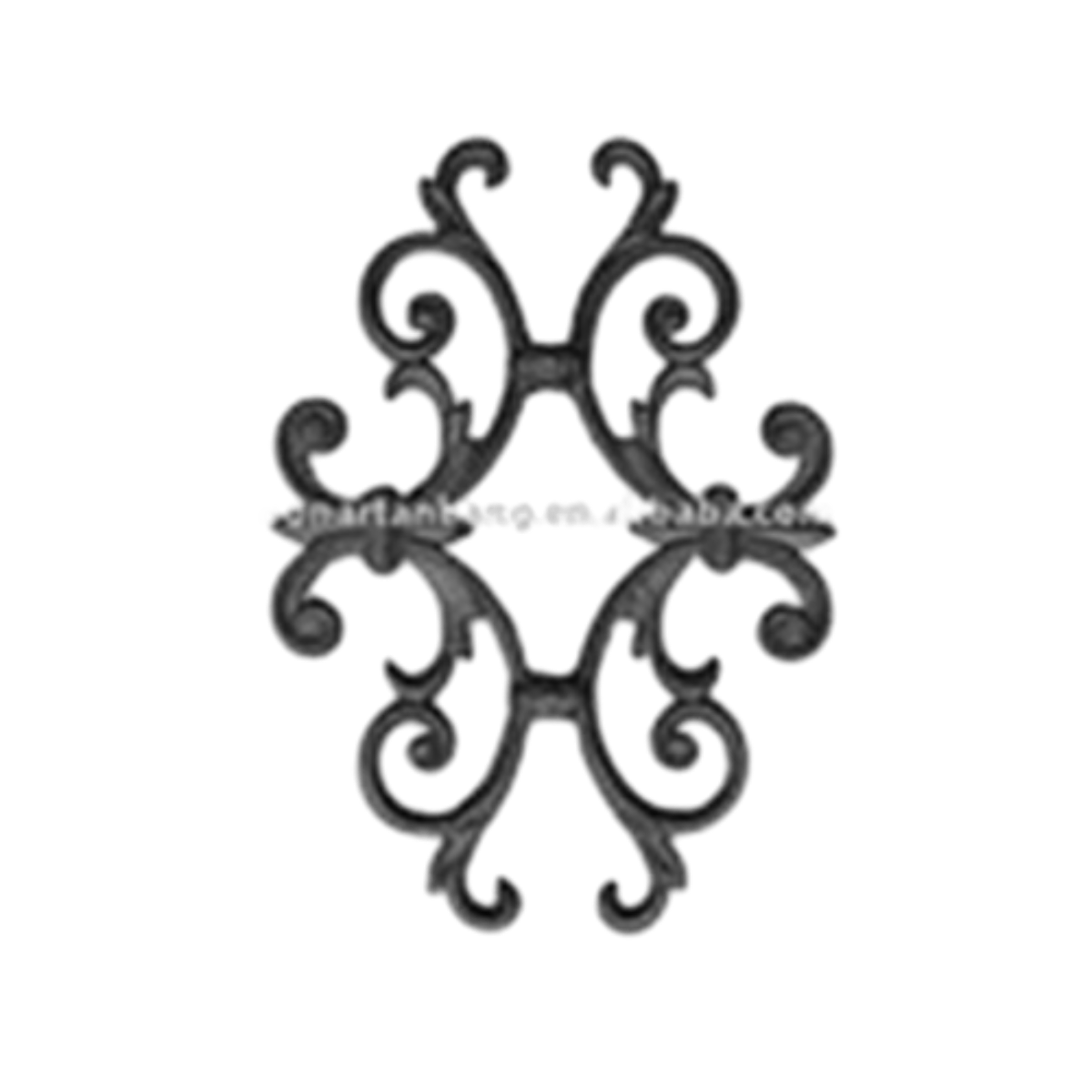Exploring Various Techniques for Iron Casting Patterns in Metal Foundry Production
Iron Casting Patterns A Comprehensive Guide
Iron casting is a vital process in the manufacturing industry, allowing for the production of complex metal parts that exhibit both strength and durability. One of the core components of this process is the pattern, a duplicate of the object to be cast. Patterns play a crucial role in determining the quality and accuracy of the final cast product. In this article, we will explore the significance of iron casting patterns, their types, and how they contribute to the overall casting process.
Understanding Casting Patterns
In metallurgy, a casting pattern is a model used to shape the mold cavity into which molten metal is poured. The pattern is typically made from materials that can withstand the mold-making process, such as wood, metal, or plastic. It replicates the size and shape of the final product, taking into account the necessary allowances for shrinkage and finishing.
Patterns are essential for creating molds that ensure the accurate reproduction of the desired object. The choice of pattern design and material can significantly affect the cost, strength, and surface finish of the castings produced.
Types of Casting Patterns
1. Solid Patterns These patterns are solid blocks that create a simple and straightforward molding process. They are typically used for objects with simple geometries and are often made from wood or metal.
2. Split Patterns Split patterns consist of two or more pieces that fit together to form the overall shape. This type is used for more complex designs, allowing for easier removal from the mold. Split patterns can also accommodate intricate details that solid patterns may not handle effectively.
3. Match Plate Patterns This pattern type consists of two halves attached to a plate. They are used in automated molding processes and allow for high productivity. Match plate patterns are particularly effective in producing large quantities of identical parts.
iron casting patterns

4. Cope and Drag Patterns In this approach, the pattern is split into two parts—cope (upper half) and drag (lower half). This method is commonly used for larger castings and provides flexibility in molding more complex shapes.
5. Core Patterns When internal cavities are required in the final product, core patterns are employed. These patterns create space within the mold for the desired internal structure, often made from sand or metal.
The Role of Patterns in Iron Casting
The significance of patterns in the iron casting process cannot be overstated. They facilitate the production of molds that accurately depict the desired geometry. One of the key considerations when designing a pattern is shrinkage; as iron cools and solidifies, it typically contracts. Patterns are therefore often made slightly larger to compensate for this shrinkage.
Additionally, patterns must be designed with appropriate allowances for machining and finishing. When the casting is complete, it is likely that the surface will require some post-processing to achieve the required dimensions and tolerances. The pattern design can determine how much material will need to be removed during this process.
Conclusion
In the world of iron casting, patterns are the unsung heroes that enable the fabrication of intricate and robust components. Understanding the different types of casting patterns and their roles in the casting process is essential for anyone involved in manufacturing and metallurgy. By choosing the right pattern design, manufacturers can ensure product accuracy, enhance production efficiency, and ultimately deliver high-quality castings that meet industry standards.
As technology advances, the methods and materials used in creating casting patterns continue to evolve. Innovations such as 3D printing are beginning to reshape traditional practices, providing more flexibility and efficiency in pattern production. Regardless of these advancements, the essential principles behind iron casting patterns remain the same, underscoring their enduring importance in the manufacturing landscape. As industries continue to demand precise and sustainable solutions, the role of patterns in iron casting will undoubtedly remain critical for years to come.
-
Wrought Iron Components: Timeless Elegance and Structural StrengthNewsJul.28,2025
-
Window Hardware Essentials: Rollers, Handles, and Locking SolutionsNewsJul.28,2025
-
Small Agricultural Processing Machines: Corn Threshers, Cassava Chippers, Grain Peelers & Chaff CuttersNewsJul.28,2025
-
Sliding Rollers: Smooth, Silent, and Built to LastNewsJul.28,2025
-
Cast Iron Stoves: Timeless Heating with Modern EfficiencyNewsJul.28,2025
-
Cast Iron Pipe and Fitting: Durable, Fire-Resistant Solutions for Plumbing and DrainageNewsJul.28,2025
-
 Wrought Iron Components: Timeless Elegance and Structural StrengthJul-28-2025Wrought Iron Components: Timeless Elegance and Structural Strength
Wrought Iron Components: Timeless Elegance and Structural StrengthJul-28-2025Wrought Iron Components: Timeless Elegance and Structural Strength -
 Window Hardware Essentials: Rollers, Handles, and Locking SolutionsJul-28-2025Window Hardware Essentials: Rollers, Handles, and Locking Solutions
Window Hardware Essentials: Rollers, Handles, and Locking SolutionsJul-28-2025Window Hardware Essentials: Rollers, Handles, and Locking Solutions -
 Small Agricultural Processing Machines: Corn Threshers, Cassava Chippers, Grain Peelers & Chaff CuttersJul-28-2025Small Agricultural Processing Machines: Corn Threshers, Cassava Chippers, Grain Peelers & Chaff Cutters
Small Agricultural Processing Machines: Corn Threshers, Cassava Chippers, Grain Peelers & Chaff CuttersJul-28-2025Small Agricultural Processing Machines: Corn Threshers, Cassava Chippers, Grain Peelers & Chaff Cutters












